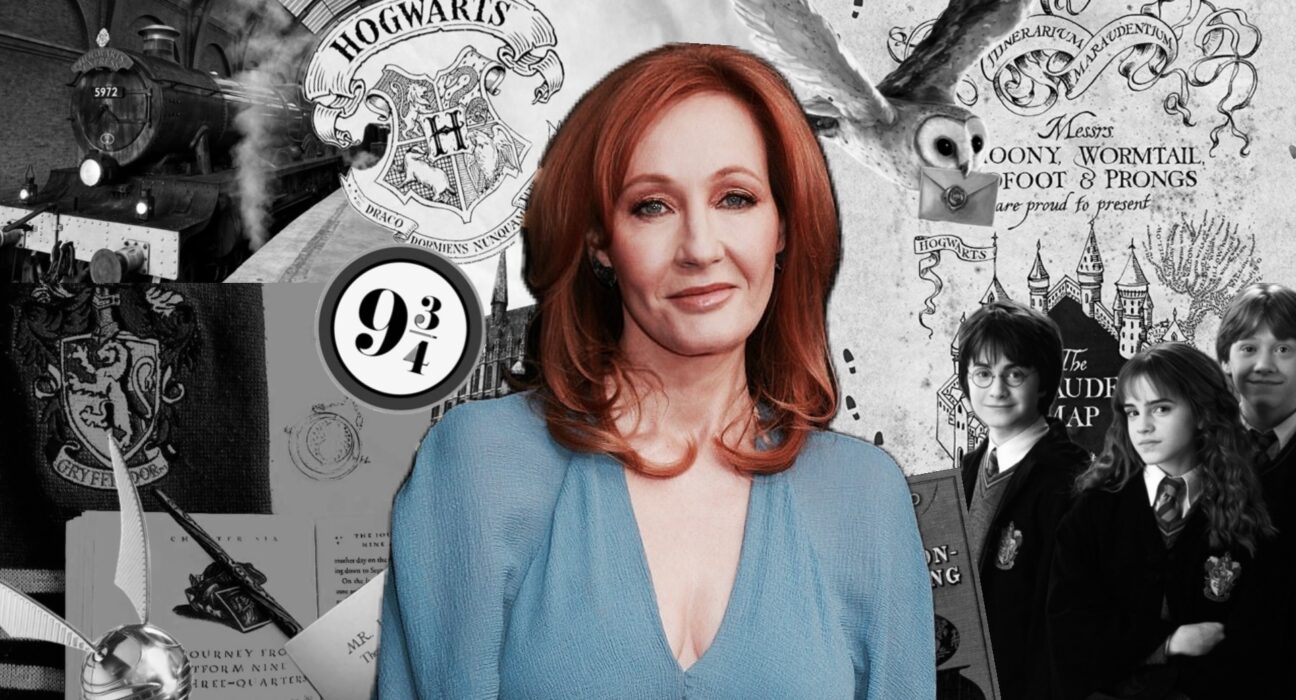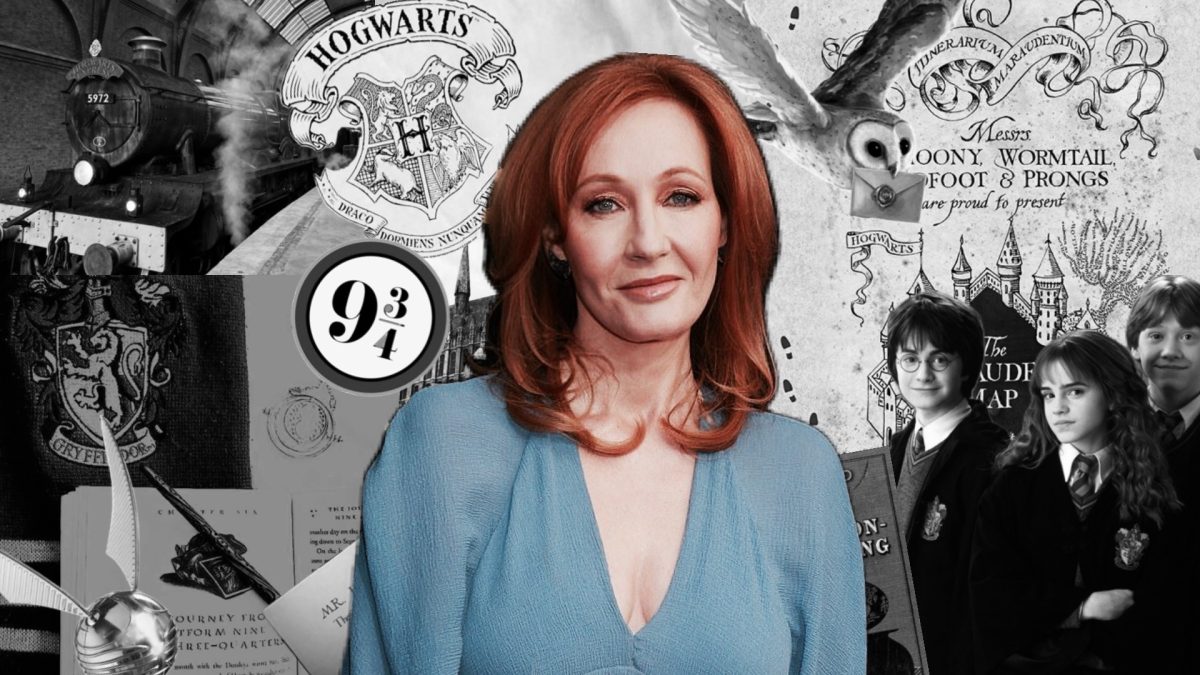One of the most controversial ethical dilemmas posed worldwide is whether we should separate the art from the artist. My short answer is – yes, we should.
Separating the art from the artist is a known concept defined as a manner to discern people’s appreciation of an artist’s work from their hate for the creator’s actions or opinions. It is a topic that has been discussed since the end of the 20th century but has gained more attention in recent years due to several high-profile cases.
Many skeptics argue that art is solely personal, an expression of one’s feelings. However, I believe that art is also social, reflecting society at a particular point in time and culture. Even though it incorporates the artist’s personal experience, once it is published for the masses, it becomes a masterpiece of its own.
This dilemma isn’t new. Many notorious painters and authors are known for their legacy of creating wonderful works while being awful people. Pablo Picasso, for example, is immortalized as one of the greatest painters ever known, but he was also a misogynist and a sadist who mentally tortured people. Another artist widely known is the famous children’s author, Roald Dahl, author of “Charlie and the Chocolate Factory,” who was anti-semitic and racist.
However, with the advance of technology and social media giving more space to artists to expose their contentious opinions, this debate has intensified, especially since their backlash happens in real time.
J.K. Rowling, the author of the renowned magical world of “Harry Potter,” is facing controversy over transphobic comments she made on X, formerly known as Twitter, in 2020. Rowling tweeted, “‘People who menstruate.’ I’m sure there used to be a word for those people. Someone help me out. Wumben? Wimpund? Woomud?” and was labeled a TERF, short for trans-exclusionary radical feminist. TERFs self-identify as “gender critical” and came to their ideology, radicalized into the lie that trans people are a threat to women, which contributes to spreading harm toward trans people.
Since then, many fans of the fantasy fictional world Rowling created started to boycott the author and her work. On TikTok, people made videos of burning her books as a protest and she became one more for the great book of “canceled artists.”
However, the universe of “Harry Potter” transcends its creator’s opinions or actions. It has evolved into a cultural phenomenon, captivating the hearts of millions worldwide. This phenomenon serves as a testament to the power of storytelling and the collective ownership that audiences claim over this beloved work.
People should judge Rowling’s work and her personal views as two separate conceptions. Once created, the “Harry Potter” World became much bigger than her comments on X.
Consuming art from a critical perspective entails recognizing its duality. Once released into the world, someone’s work is not solely theirs anymore. Art needs to be separated from its creator to be rightfully judged and critically analyzed. Separating art from the artist is possible when one realizes that art is more than someone’s feelings on a canvas or page, but an abstract reenactment of society.
As harsh as it may sound, terrible people can be great artists and it does not mean people should stop consuming it, but rather consume it from a critical point of view. Pointing out what they like and what the artist should improve is crucial for their growth.


